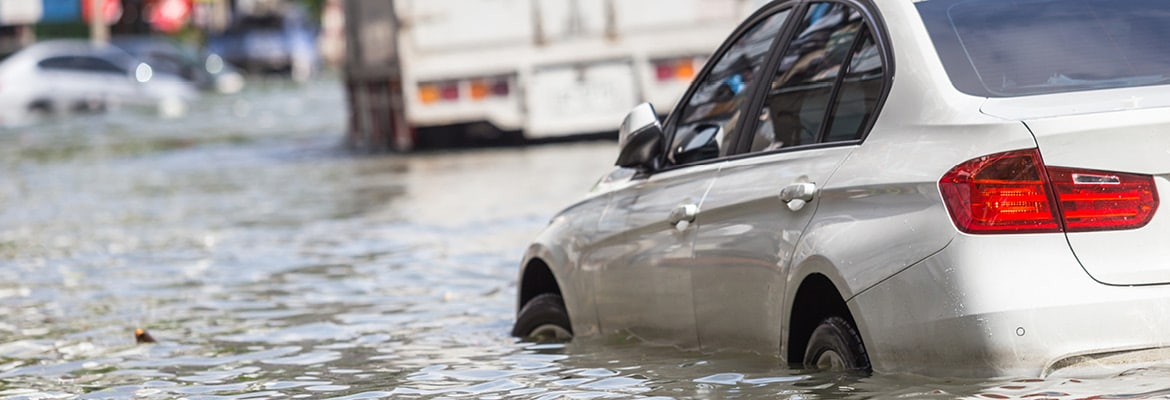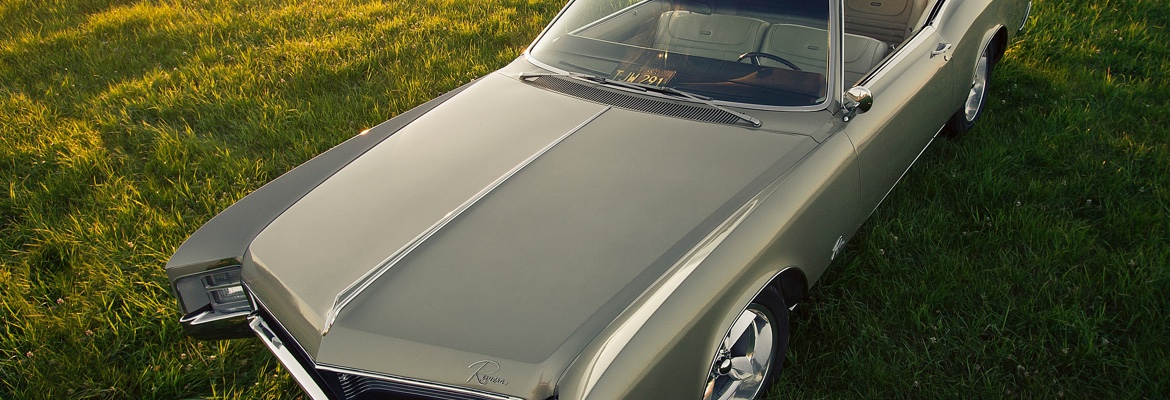Author(s)
Depending on where you live, winter may bring everything from snow flurries to harsh, freezing conditions. You might be wondering how to drive safely when temps drop below freezing, or if it’s even safe to drive in negative temperatures. As the weather changes, prepare for snow and ice season with our guide. Continue reading to learn how cold weather affects your car and what you can do to keep it running safely during the winter months.
Motorcycle owners also need to take steps to protect their bikes during the colder months. If you’re a bike owner, be sure to read our guide to winterizing your motorcycle.
Top cold weather car issues and how to avoid them
Incorrect tire pressure
Cold temperatures contract air, resulting in decreased tire pressure. Under-inflated tires are incredibly dangerous, as they can lead to issues, like:
- Tire blowout on the road
- Reduced fuel efficiency
- Poor handling
- Reduced longevity of tires
These can also result from over-inflated tires. Avoid issues by following your manufacturer’s recommended tire pressure specifications.
Check your tire pressure regularly, especially during very cold weather. Regular check-ups can help you identify small issues before they become big problems. If you live in an area with frigid and snowy winters, investing in a set of winter tires is a smart move.
Loss of power/dead battery
If your car battery dies, you face quite a predicament when you need to drive to work or run an errand. Cold temperatures slow the chemical processes inside the battery, reducing its ability to hold a charge. Old batteries are especially susceptible to winter failure.
Make sure to keep a set of quality jumper cables in your trunk so you can give it the jolt of energy it needs to start. To prevent the chance of your battery dying in the winter, follow the manufacturer’s recommendations for maintenance and replacement. As an extra layer of protection, you can purchase a battery warmer if your area experiences extreme cold.
Thickening oil, transmission fluid and antifreeze
The cold brought on by winter can also impact the fluids that are vital for keeping your car running properly. Cold temperatures thicken oil, transmission fluid, and antifreeze, causing them to move more slowly throughout the vehicle’s system.
Diesel vehicles might even experience a “jelling” which renders the vehicle unable to start. This poses a particular danger to the oil as it cannot effectively pump through the engine. Following the manufacturer’s specifications for oil viscosity in the winter can help maintain the vehicle’s functionality.
If there is moisture or condensation in your car’s fuel line, it can freeze and make it difficult to start and run smoothly. During the winter, keep your fuel tank at least half full and use any recommended additives according to your vehicle’s instructions.
Cracked windshield
Visibility is critical for safe driving, but snow and ice can cause major problems for your windshield. Using windshield wipers to remove ice from your windshield won’t clear it well and may harm the wiper blades.
Instead of using your wipers to clear the ice, wait a few minutes for your car to warm up. This will allow the ice and snow to melt off the windshield. Once this is done, you can start driving. Keep your defroster on while you drive and if visibility continues getting worse, pull over until it’s clear.
Sluggish technology and screens
The technology in your car, like touchscreens, backup cameras, and GPS, helps you drive safely and efficiently. However, freezing temperatures can slow these systems down or cause them to fail.
Why? The liquid crystals found in your LCD screens thicken and move slower when they get cold—just like other fluids in your car. To prevent this, let your car warm up before pulling up directions or tuning in to your favorite podcast.
Stiff or cracking rubber components
Rubber doesn’t freeze, but it does stiffen and lose its elasticity in cold temperatures. While it may not be top of mind, this actually can impact a lot of your car’s functionality.
If the rubber gaskets in the door jambs tear, water can get in and freeze the doors shut, making it hard to get in and out of the car. Other rubber parts like wiper blades and belts in the motor can become brittle, leading to cracks and breaks. To prevent problems, inspect your car before winter and replace any damaged parts.
Electric Vehicles (EVs)
Similar to conventional vehicles, EVs have their own weaknesses in cold weather. Cold weather reduces the efficiency of electric vehicles because the battery requires additional energy to power the car and operate the heating and other interior components.
It will also take longer to charge your electric vehicle in the cold. Make sure you’re regularly charging your battery to avoid getting stuck in the cold. For more helpful tips, read our blog: Driving an Electric Vehicle in Winter Weather.
Winter is coming
Cold weather is unavoidable—but winter driving issues shouldn’t be!
Be prepared for the cold temperatures by taking your car in for an inspection before winter starts. This will help you make sure everything is working well and fix any issues before they become worse. If you’re buying a car to handle winter conditions, check out our tips for buying a used car.
As always, Montway Auto Transport is here to help with your vehicle shipping needs. If you’re heading down south for the winter, let us transport your car for you. Learn more about how car shipping works, or call 888-666-8929 to get started.








